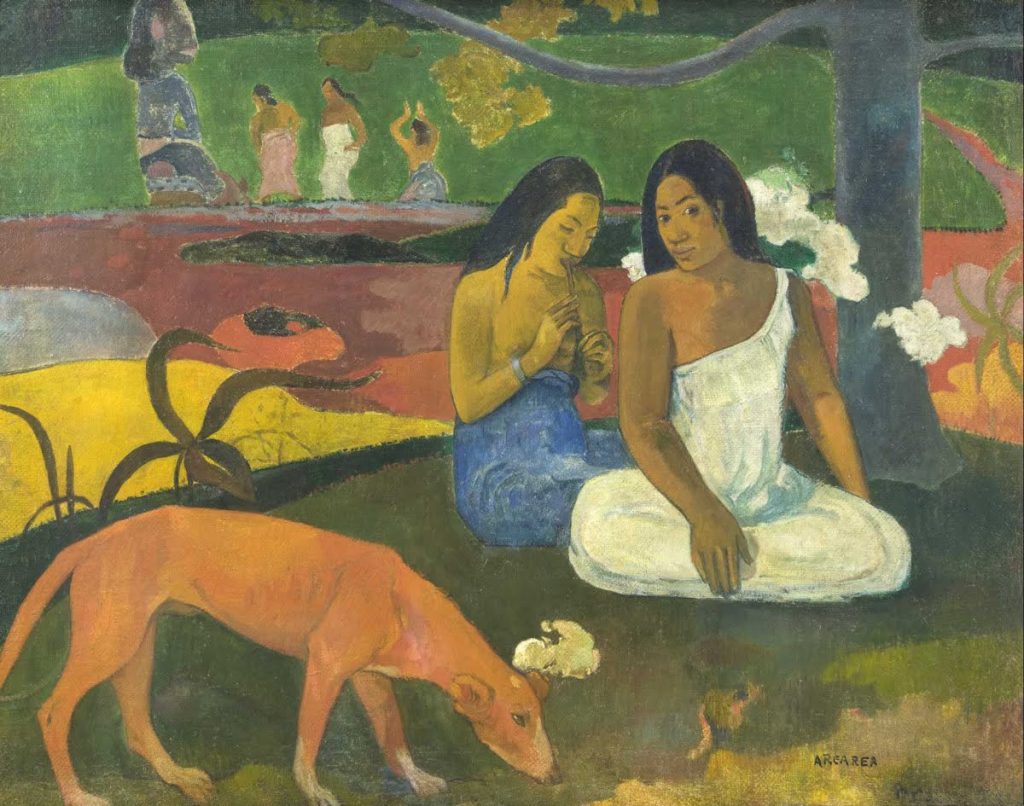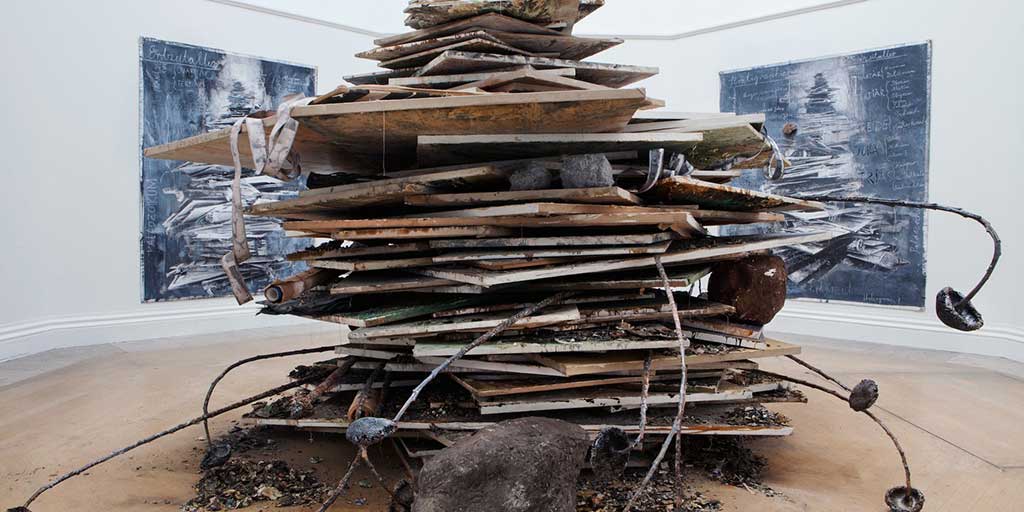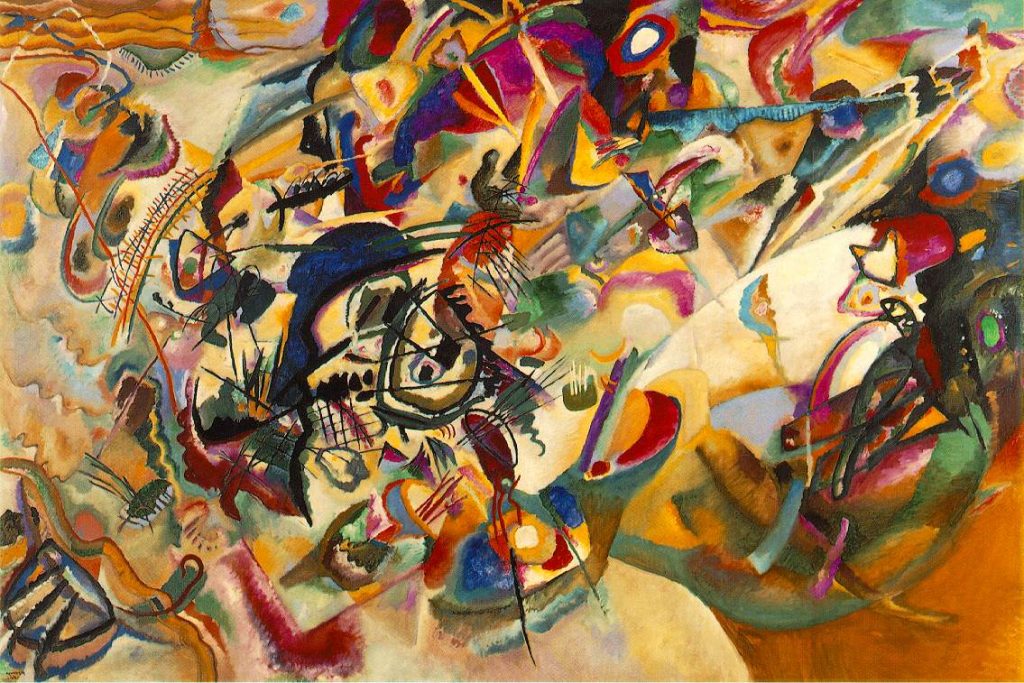
Icon and the Image
You have sensed this connection between ICON and the paintings of Paul Gauguin. Obviously there is this common interest in religion. But also the ambiguous relationship with ‘reality.’ In both cases the artist is not trying to capture some aspect of the visual world. The image is clearly a deliberate construction on the part of the artist, and intended to be perceived as such. And the viewer is not given a a direct path to understanding the intentions of the artist. And as well, both icons and Gauguin are not attempting to elicit an emotional response from the viewer. No. Instead the image suggests hidden realities that trace behind the image and point to that which is unfamiliar. Not of this world and pointing to another world as yet unknown.
The painting is obviously not an attempt at realistic representation. The imagination of the artist is at work in an attempt to engage the imagination of the viewer.


